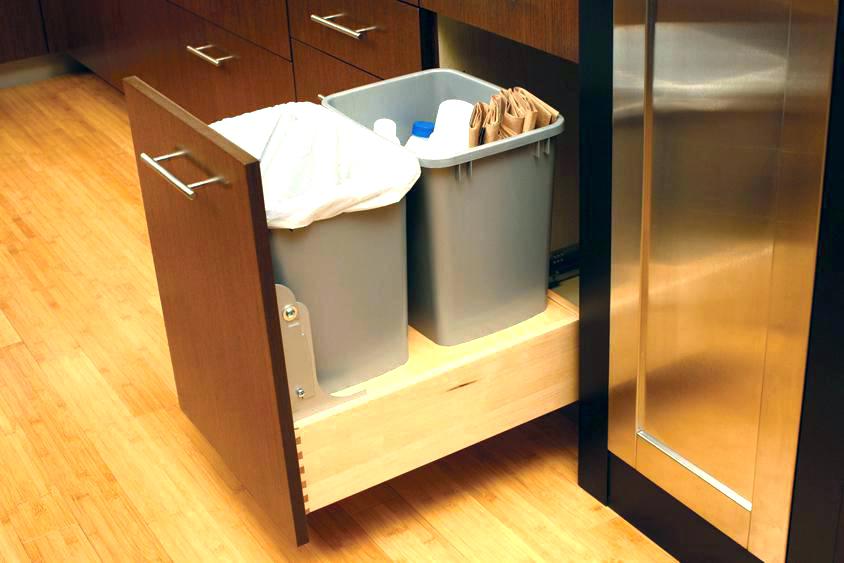
Basically, gas heating stoves are small fires inside your home, inside your appliance. The way gas cooking stoves function has changed dramatically over the years. They’ve gotten more efficient and a lot cleaner to boot. Along with these new developments, technology has brought with it a more complex gas stove design. And while new is nice, the additional bells and whistles can cause some confusion about what to buy.
To make things easier, figure out what your heating needs are first – for instance – is the stove supposed to be the only heat source for your home? If the answer is yes, you’ll need power and efficiency. If not, and you only want to heat one room, you’d likely only need a one-room heater. A gas stove or gas stove insert can heat several rooms—or your whole house — but with even, thermostatic controlled heat.
There are a lot of different opinions making the rounds in the industry on whether or not to have a traditional gas stove that vents outside, or try ventless gas stoves. The best thing you can do is ask a lot of questions to see which type would fit your lifestyle, and which type you would be comfortable living with. And don’t be afraid that you might not be able to fix your kitchen gas stove should you need parts further down the road. For instance, Maytag gas stove parts are easy to order online, by email or call them directly.
A ventless gas stove, vent free gas stove, and other vents free natural gas stoves all operate on the same principle. They’re easier and less expensive to install as they don’t require exhaust venting to the outside. You can find many manufacturers who make this type of vent free gas stove – for example ProCom gas stoves.
There is a current industry controversy that gas freestanding stoves vent exhaust into your home. On the other hand, a direct vent gas stove vents outside your home through a chimney, drawing fresh air as a source of combustion. With natural gas powering you, you’ll need to watch for gas stove soot on the glass or logs. With direct venting, also check the outside of the building for soot. Soot means the fuel to air ratio on the burner needs to be adjusted. Follow manufacturers’ instructions for cleaning the glass.



